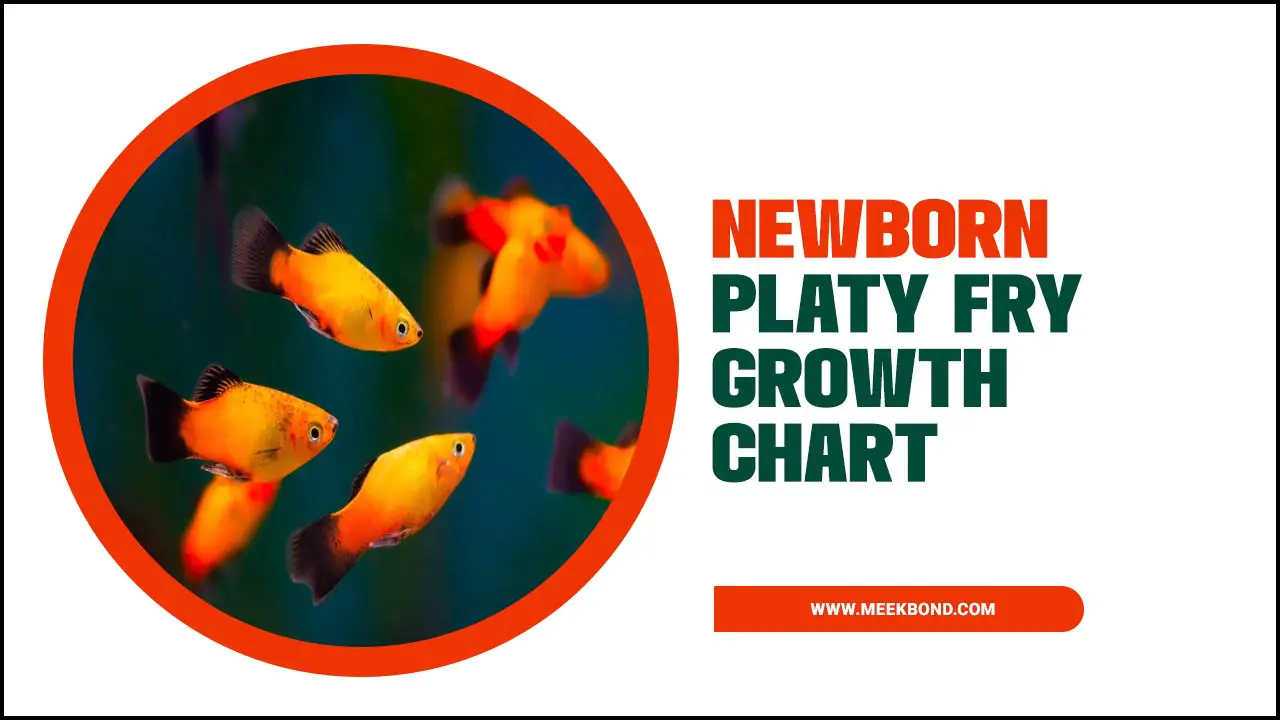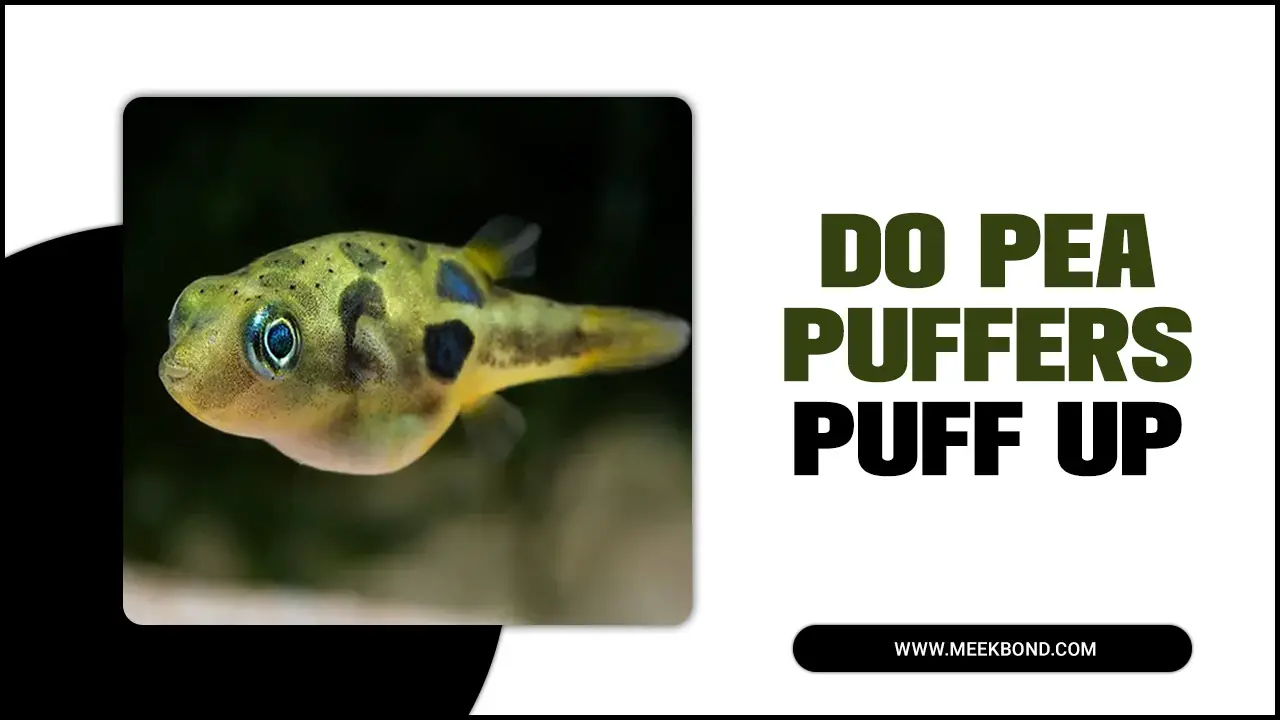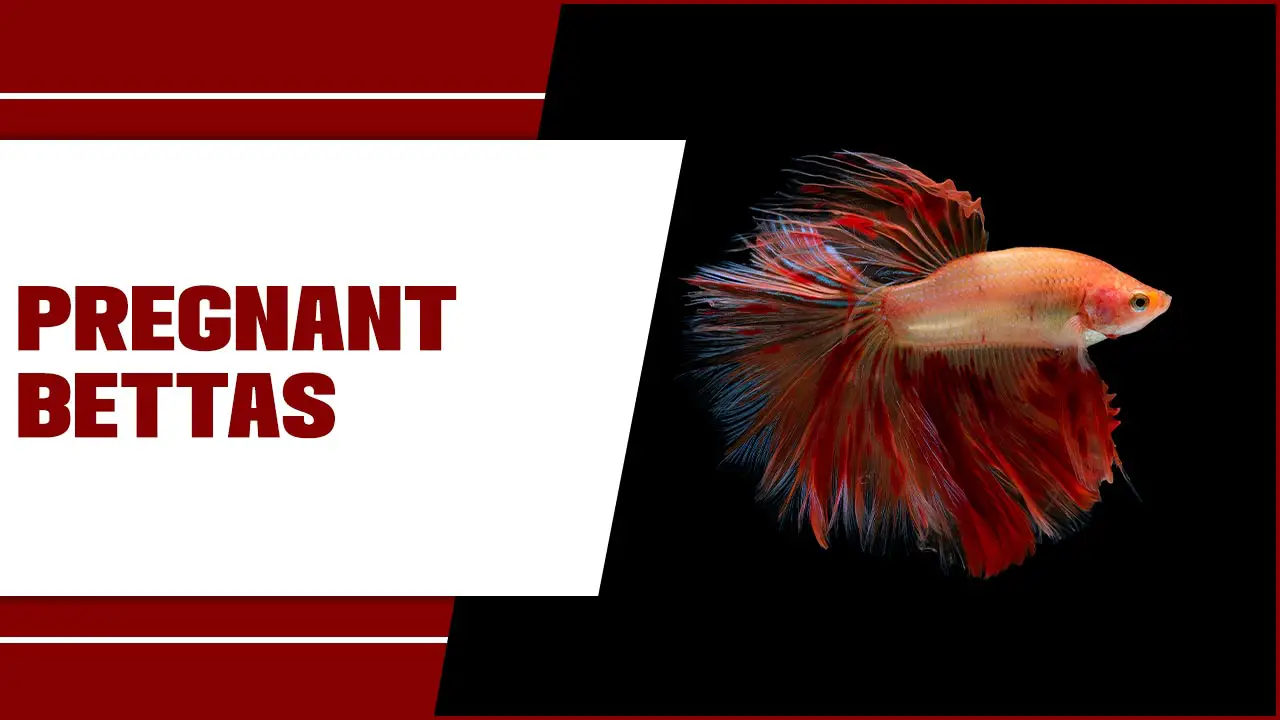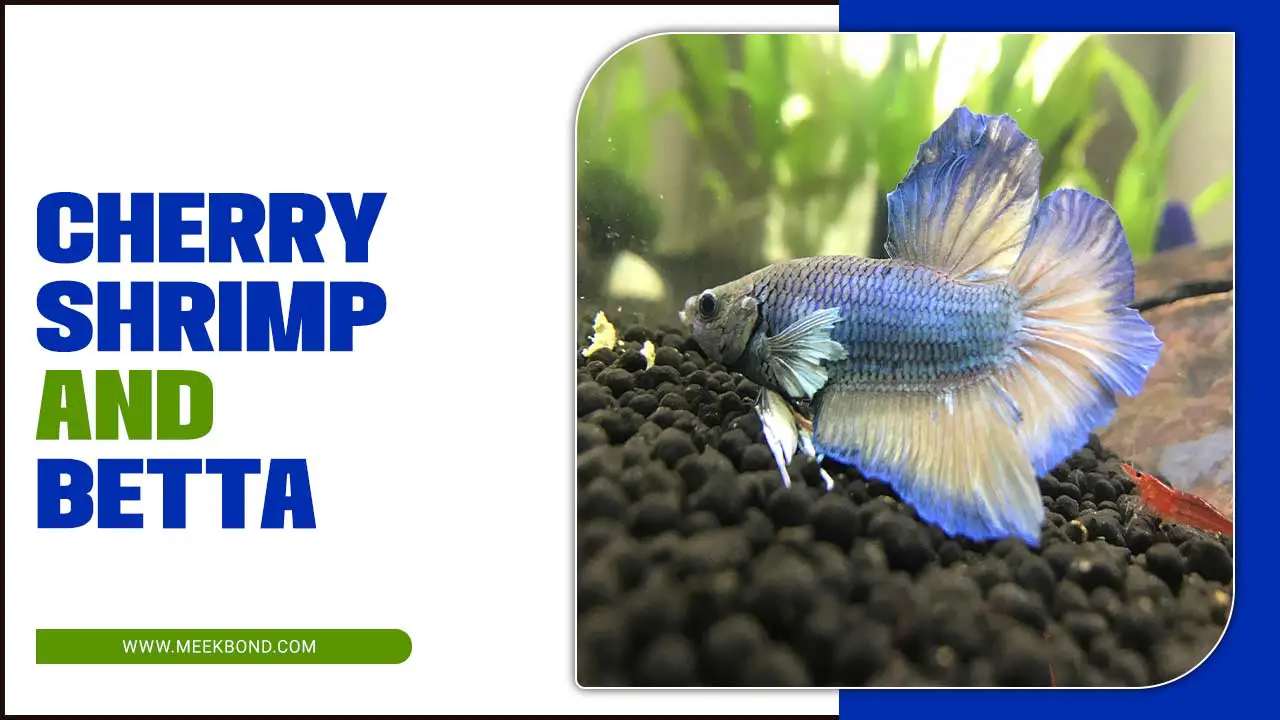As a fish enthusiast, you may have encountered platies, a widespread freshwater fish species. Platies are popular for their vibrant colors and active personalities, making them a favorite among fish keepers.
One of the most fascinating aspects of platies is their breeding behavior, which results in the birth of small, delicate fry. The growth and development of these newborns is a crucial process that every fish keeper should understand to ensure the health and well-being of their plates.
Here, we will explore the growth stages of platy fry. From their first days of life until they reach maturity. We will provide a newborn platy fry growth chart detailing the milestones and changes during each stage. With this information, you will be equipped with the knowledge to care for your platy fry and help them thrive as they grow into healthy adult fish.

Gradual Introduction To Community Tank And Maturity Of Platies
Raising newborn platy fry can be a rewarding experience for any aquarist. One important aspect of their care is monitoring their growth. Keeping a newborn-platy fry growth chart can help you track their progress and ensure they are developing normally.
It’s important to consider their gradual introduction to the community tank as they grow. Introducing them too quickly can lead to stress and negative health consequences. Gradually acclimating them to their new environment will help reduce stress and increase their chances of survival.
As they mature, platies can be a great addition to a community tank. It’s important to wait until they are fully mature before introducing them to other fish. The maturity of platies can be determined by their size and the development of their fins. When fully mature, platies can be social and active fish that add life and color to any aquarium.
Newborn Platy Fry Growth Chart Detail To Raising Healthy Fish
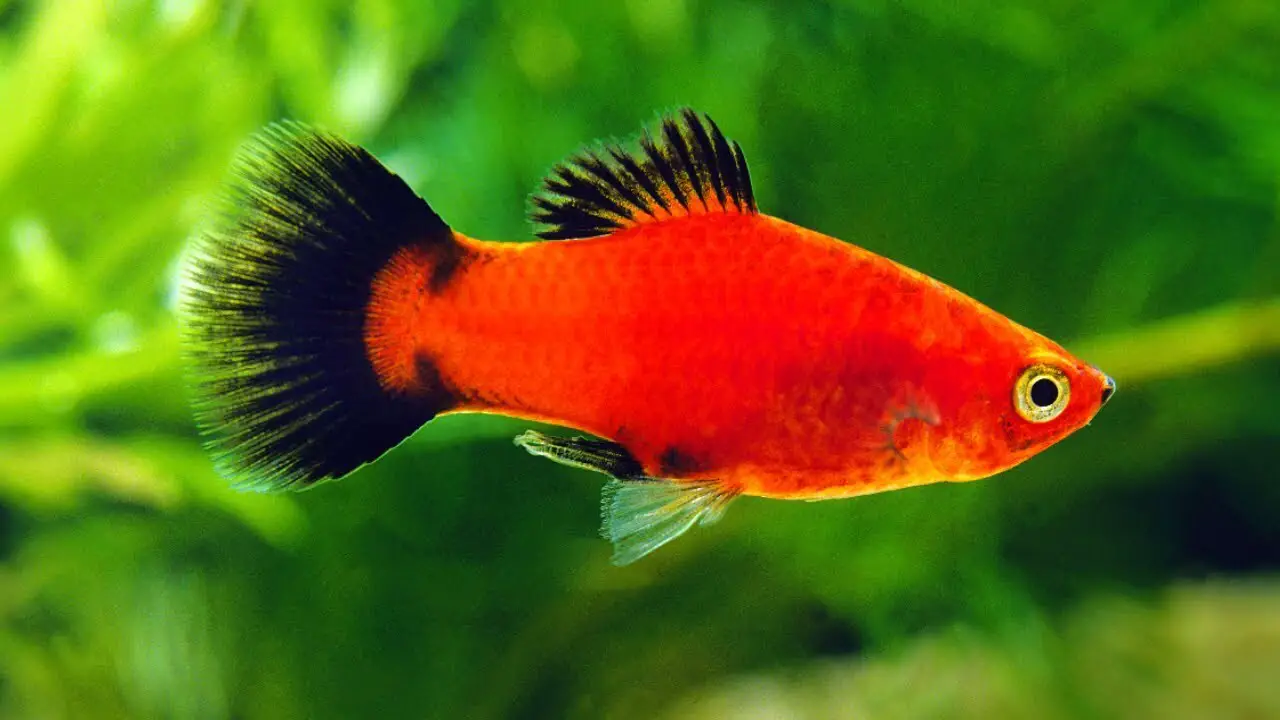
A newborn platy fry growth chart is a helpful tool for any fish keeper looking to raise and track the growth of their new little fish. Platies are among the most popular aquarium fish due to their bright colors and easy-to-care-for nature.
When the platy fry is born, they are incredibly small and delicate, so tracking their growth is crucial for ensuring they are healthy and developing appropriately. A growth chart can be created by recording the length and weight of each fry at regular intervals, such as every two weeks.
This information can then be plotted on a graph to help identify any abnormalities in growth or development. It can also help determine when the fry can be moved to a larger tank or sold to other fish keepers. When feeding, platy fry requires frequent meals of small amounts of food, such as crushed flakes or baby brine shrimp. As they grow, their diet can be slowly adjusted to include larger and more varied foods.
Interpretation Of The Growth Chart
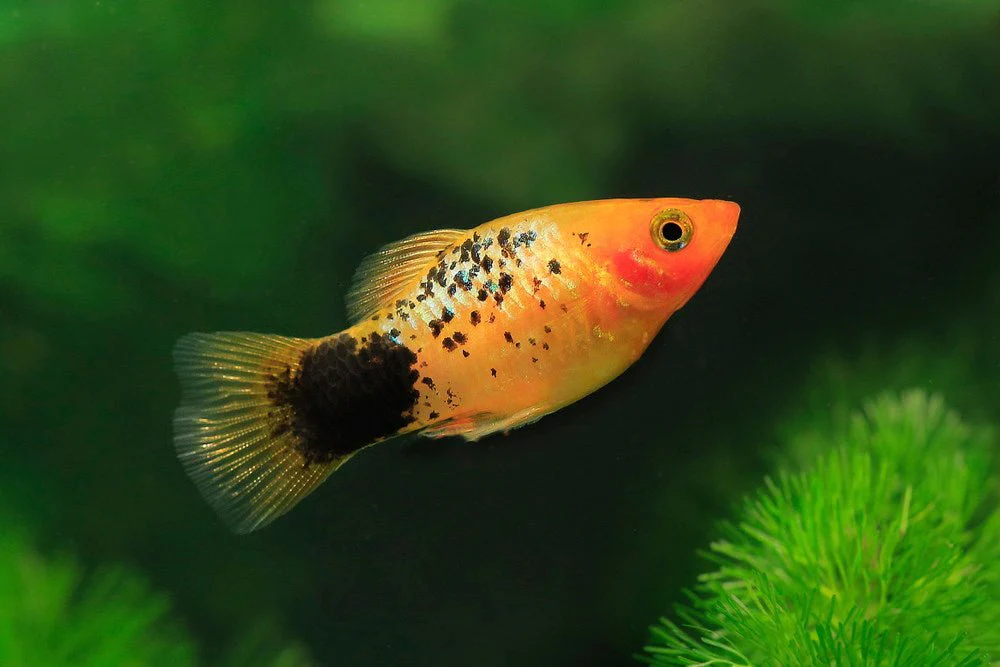
The interpretation of a growth chart is a critical aspect of pediatric care. Growth charts are tools used by healthcare professionals to track a child’s growth and development over time. The charts are based on statistical data that reflect the growth patterns of healthy children.
The interpretation of the growth chart involves evaluating a child’s height and weight against established norms for their age and sex. It is essential to understand that growth patterns vary among children and that deviations from the norm may indicate underlying health conditions.
| Time | Care & Growth pattern |
| 0-7 days | Fry are very small and require a lot of care. They should be fed small amounts of food multiple times a day. |
| 1-2 weeks | Fry starts to grow more quickly and become more active. They can be fed more often and larger amounts of food. |
| 2-3 weeks | Fry becomes more independent and can start to eat larger, crushed food such as flake or pellet food. |
| 3-4 weeks | Fry continues to grow and develop their colours and patterns. They should be fed a varied diet to ensure proper nutrition. |
| 4-6 weeks | Fry is now a juvenile fish and can be transitioned to adult food. They should be monitored closely for any health issues. |
Growth Chart Implications For The Health Of The Fry
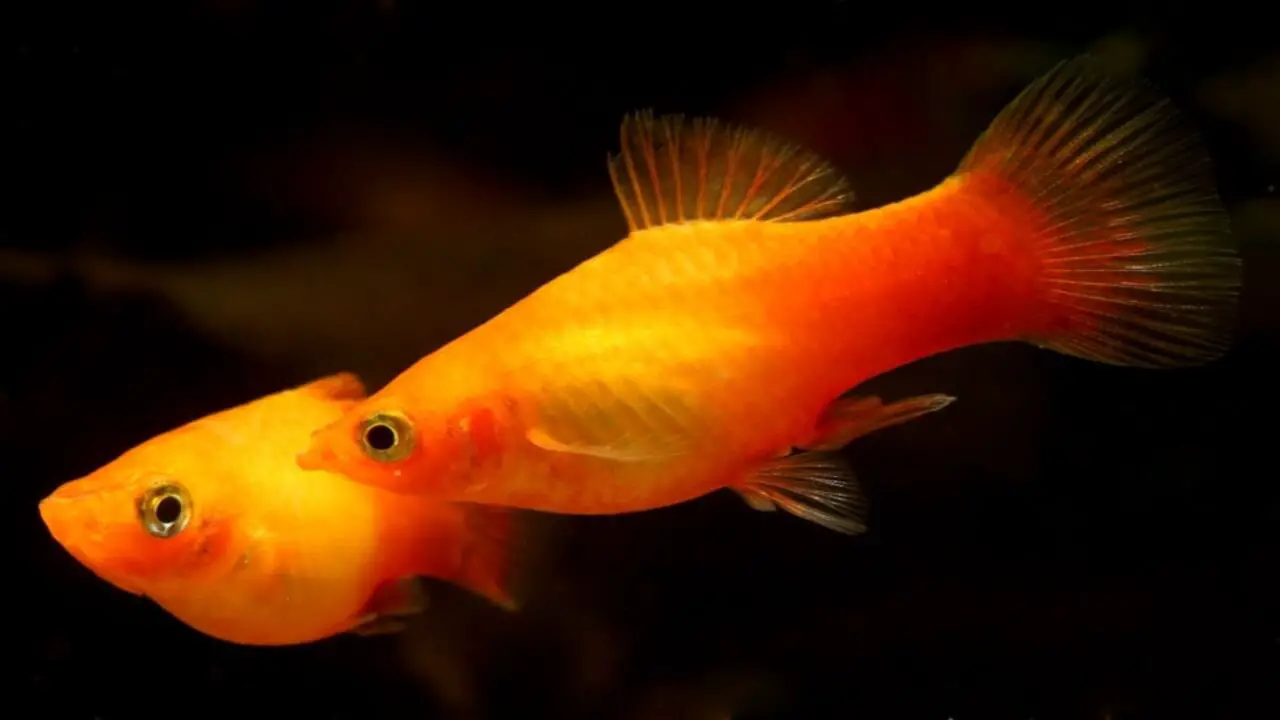
The growth chart of newborn platy fry is a crucial tool in assessing the health and well-being of these delicate creatures. By tracking their growth and development over time, breeders and pet owners can identify potential health issues or developmental problems early on and take steps to address them before they become more serious.
A healthy growth chart for platy fry should show steady and consistent growth over time, with each individual fry developing at a similar rate to its peers. If there are any significant deviations from this pattern, such as a sudden halt in growth or the appearance of abnormal physical features, it could be a sign of underlying health issues such as malnutrition, disease, or genetic defects.
By monitoring the growth chart closely and consulting with a veterinarian or experienced breeder if any concerns arise, pet owners can ensure that their platy fry is receiving the proper care and support they need to thrive.
- A growth chart for newborn platy fry can provide valuable information on their overall health and development.
- Regular monitoring of the growth chart can help detect any abnormalities or stunted growth, which may indicate underlying health issues.
- Proper nutrition and feeding practices are crucial for the healthy growth of platy fry, and the growth chart can assist in determining appropriate feeding amounts and frequency.
- Environmental factors such as water quality, temperature, and pH levels can also impact the growth and health of platy fry, and should be carefully monitored and maintained.
- A comprehensive understanding of the implications of the growth chart can aid in the development of effective strategies for maintaining the health and well-being of newborn platy fry.
Setting Up A Safe And Comfortable Environment For Fry
Setting up a safe and comfortable environment for newborn platy fry is crucial for their growth and development. It is essential to have a growth chart that helps monitor their progress. A newborn-platy fry growth chart should include parameters such as weight, length, and feeding schedule.
The chart helps track the fry’s growth rate and ensures they develop healthily. To provide a safe and comfortable environment for the fry, it is necessary to set up a suitable tank. The tank should have a sponge filter, which provides gentle filtration.
The water should be clean and free from any harmful substances. The temperature should be maintained at around 75-80°F to ensure the fry is comfortable. Having hiding places and plants in the tank is essential to give the fry a sense of security and prevent stress.
Feeding And Nutrition For Platies At Different Growth Stages
As a new platy parent, keeping track of your newborn platy fry’s growth is important to ensure they get the proper nutrition and care. A newborn-platy fry growth chart can be a helpful tool to monitor their growth and development. It’s important to note that during the first few weeks of their lives, the fry will rely on their yolk sacs for nutrition.
After that, they must be fed a diet formulated for their growth stage. Feeding and nutrition for platies at different growth stages can vary, so it’s important to research and consult with a veterinarian or experienced fish breeder. As they grow, their diet will need to be adjusted accordingly.
For example, younger platy fry requires more protein, while older platies may require more plant-based foods. It’s also important to ensure they get enough vitamins and minerals, such as calcium, to support healthy bone growth.
Monitoring And Maintaining Water Quality For Healthy Fry Growth
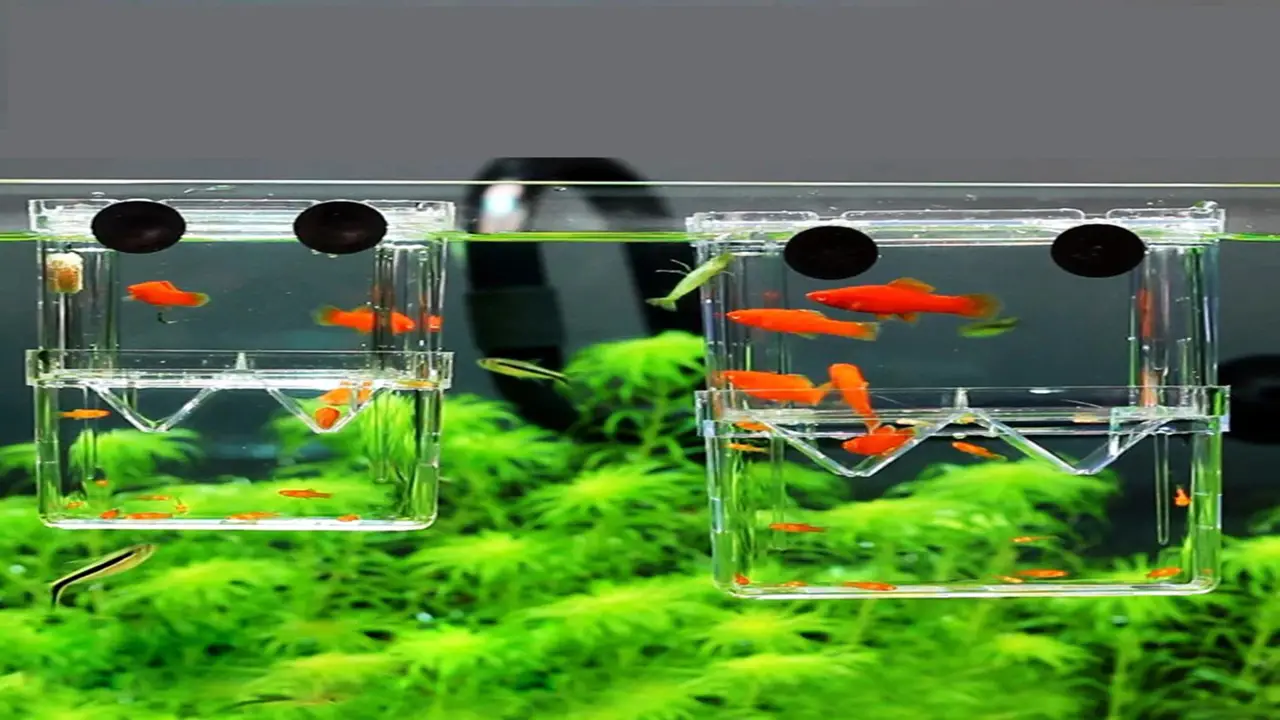
When breeding fish, monitoring and maintaining water quality is crucial for the healthy growth of newborn fry. A growth chart is a helpful tool for tracking newborn platy fry growth. This chart can help you keep track of their development and ensure they are growing at a healthy rate.
However, the growth chart can only provide much assistance if the water quality is poorly maintained. High levels of ammonia, nitrate, or nitrite can be detrimental to the health of the fry, stunting their growth and even leading to death. It is important to regularly test the water and make any necessary adjustments to ensure the optimal environment for the fry.
This can include performing partial water changes, adding beneficial bacteria, and monitoring the pH levels. In addition to maintaining water quality, feeding the fry a balanced and nutritious diet is crucial for healthy growth. Overfeeding can lead to excess waste and pollution, while underfeeding can result in malnourishment and stunted growth.
Identifying And Treating Common Health Issues
As a new platy owner, keeping track of the growth of your newborn platy fry is essential to their survival. A newborn-platy fry growth chart can help you monitor their progress and identify any potential health issues that may arise. Platies are generally hardy fish but are not immune to common health problems affecting their growth and overall well-being.
Identifying and treating common health issues in platies is important to ensure they thrive in their new environment. Some common health problems platies may experience include fin rot, swim bladder disease, and parasites.
- Fin rot is a bacterial infection that can cause the fins to deteriorate and fall off.
- Swim bladder disease can cause the fish difficulty swimming and maintaining their balance.
- Parasites can also be a problem for platies and can cause various symptoms such as lethargy, loss of appetite, and visible parasites on the fish’s body.
Record-Keeping And Tracking Fry Growth Progress
Record-keeping and tracking fry growth progress are crucial for raising newborn platy fry. A newborn-platy fry growth chart is essential in achieving this goal. It allows breeders to monitor the growth and development of their fry, track their progress, and make necessary adjustments to their care routine.
By recording the measurements of each fry regularly, breeders can identify any growth patterns or irregularities and take corrective measures to ensure that their fry is growing healthy and strong. Factors such as water quality, temperature, and nutrition all can affect the growth and development of fry.
Therefore, maintaining a consistent care routine and monitoring the growth progress of each fry is critical to their overall health and survival. The newborn-platy fry growth chart provides a visual representation of the weight and length of each fry over time, allowing breeders to compare their fry’s growth progress with that of healthy platy fry of the same age.
Tips And Best Practices For Raising Healthy And Happy Platies
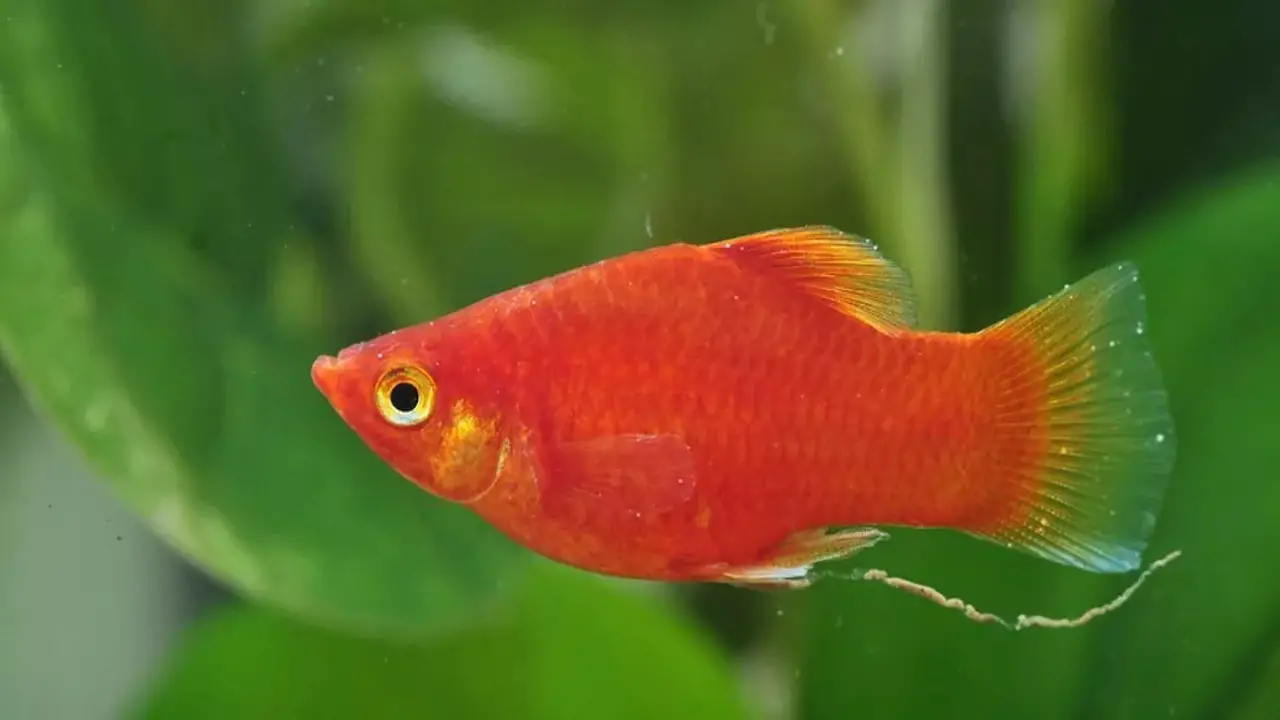
If you want to have a school of bright and cheerful fish swimming around in your aquarium, you can’t go wrong with platies. These little guys are easy to care for and bring a splash of color to any tank. But don’t let their easygoing nature fool you – they still need proper care and attention to thrive.
To keep your platies healthy and happy, start by providing them with a spacious tank. These fish are active swimmers and need plenty of room to move around. A good rule of thumb is to have at least 10 gallons of water per platy. Here are 10 tips and best practices that will help you ensure that your platies thrive and enjoy their life.
- Provide A Suitable Habitat: Platies require a tank that is at least 10 gallons, with a heater and filter. The water temperature should be kept between 72°F and 78°F, and the pH level should be between 7.0 and 8.2.
- Feed Them A Balanced Diet: A balanced diet is essential for the health of your platies. They need a mix of flake food, frozen or live food, and vegetables. Feed them twice a day, and avoid overfeeding.
- Keep The Water Clean: Regular water changes are essential to keep the water clean and healthy. Change 10-20% of the water every week to maintain water quality.
- Provide Hiding Spots: Platies like to hide, so provide them with plenty of hiding spots. You can use plants, rocks, and decorations.
- Maintain Good Water Quality: Test the water regularly to ensure that the water quality is maintained. Keep ammonia and nitrite levels at 0 ppm, and nitrate levels below 40 ppm
Why Do Some Platy Fish Have Stunted Growth?
Stunted growth in newborn platy fish can be attributed to a variety of factors, including lack of food, lack of space, and wrong water temperature. When these tiny fish do not receive an adequate amount of food, their growth can be significantly impacted.
Similarly, if they are kept in a small tank or overcrowded conditions, their growth can be stunted due to limited space for movement and development. Additionally, the water temperature plays a crucial role in their growth.
If the water is too cold or too warm, it can negatively affect their metabolism and overall growth rate. It is important for platy fry owners to ensure that they provide a suitable environment with ample space, proper nutrition, and optimal water temperature to promote healthy growth and development.
Conclusion
A newborn platy fry growth chart is a tool that aquarium enthusiasts use to track the growth and development of their newly born platy fish. This chart is designed to provide a comprehensive overview of the growth rate of platy fry, including details such as length, weight, and overall health.
By keeping track of this data over time, aquarium owners can make informed decisions regarding the care and feeding of their fish, helping to ensure that they grow strong and healthy.
A high-quality fry growth chart should be easy to use, accurate, and comprehensive, providing detailed information that is easy to interpret and understand. So don’t be afraid to dive into the world of platy breeding and witness the wonder of new life unfolding before your eyes.
FAQ
How Quickly Do Baby Platys Grow?
Baby platys can grow quite quickly, typically reaching their full size within 3-4 months. However, growth rates can vary depending on factors such as diet, water conditions, and genetics.
How Do You Keep Platy Fry Alive?
To keep platy fry (baby fish) alive, it is important to provide them with a suitable environment. This includes a well-maintained aquarium with appropriate water parameters, such as temperature and pH levels.
How Do I Know When My Platy Is Done Giving Birth?
You will know when your platy is done giving birth when it stops actively releasing fry (baby fish) and shows signs of being more relaxed and resting. The process of giving birth usually takes a few hours, and during this time, the female platy will exhibit contractions and expel the fry one by one.
When Can Platy Fry Go With Adults?
Platy fry can typically be introduced with adult fish once they are around one inch in size and can swim and feed independently. It is important to ensure that the adult fish are not aggressive or prone to eating the fry, as they may see them as food.
Will Baby Fish Survive In My Tank?
It depends on various factors such as water quality, tank size, availability of food, and compatibility with other tank mates. Providing a suitable environment with appropriate water conditions, sufficient hiding places, and proper nutrition can increase the chances of baby fish survival in your tank.

Aquarium passion is all about connecting with the aquatic life and providing education to the public on the importance of these creatures. We showcase a wide variety of marine life through our exhibits as well as working with schools to provide unique learning opportunities for students of all ages.

